Tel Aviv-Yafo, often referred to simply as Tel Aviv, is a vibrant and modern city located on the Mediterranean coast of Israel. The history of its urban development is a fascinating journey that reflects the dynamic nature of the region. Here’s a brief overview:
- Early History:
- The area that is now Tel Aviv has a rich history dating back thousands of years, with archaeological evidence indicating ancient settlements.
- The port city of Jaffa (Yafo) has ancient roots and is mentioned in various historical texts, including the Hebrew Bible.
- Late 19th Century:
- The modern history of Tel Aviv began in the late 19th century with the Jewish migration to the region. Jewish neighborhoods started to emerge in the outskirts of Jaffa.
- In 1887, a group of Jewish families founded the neighborhood of Neve Tzedek, considered the first Jewish neighborhood outside of Jaffa.
- Early 20th Century:
- The early 20th century saw significant Jewish immigration to the area, and the need for more housing led to the establishment of additional neighborhoods, including Ahuzat Bayit in 1909.
- In 1910, Ahuzat Bayit was officially renamed Tel Aviv, a name derived from the Hebrew words “Tel” (meaning mound or hill) and “Aviv” (meaning spring).
- 1920s and 1930s:
- Tel Aviv underwent rapid development and urbanization during the British Mandate period (1920-1948).
- Bauhaus architecture, characterized by functional design and white facades, became prominent in the city. Tel Aviv has one of the largest collections of Bauhaus or International Style buildings in the world, leading to its designation as a UNESCO World Heritage Site.
- 1948 and Independence:
- With the establishment of the State of Israel in 1948, Tel Aviv became a central hub for economic, cultural, and political activities.
- Waves of immigration brought diverse influences to the city, contributing to its cosmopolitan character.
- Post-Independence Development:
- Tel Aviv continued to grow and modernize in the latter half of the 20th century. Skyscrapers began to dot the skyline, and the city evolved into a major business and financial center.
- The development of infrastructure, including transportation networks and cultural institutions, further solidified Tel Aviv’s status as a leading city in the region.
- Contemporary Period:
- In recent decades, Tel Aviv has continued to thrive as a global city, known for its innovation, technology, and vibrant cultural scene.
- Urban renewal projects have revitalized certain areas, and the city remains a dynamic blend of historical charm and modern development.
Tel Aviv-Yafo’s history of urban development is a testament to the resilience and adaptability of the city as it has evolved over the years into a thriving metropolis with a unique blend of historical and contemporary influences.


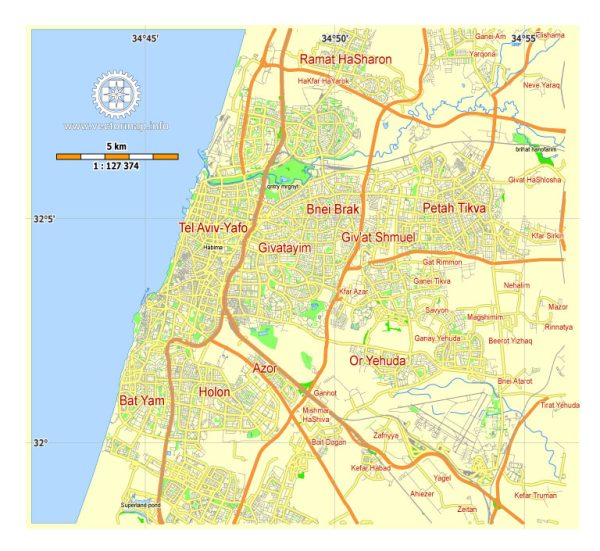
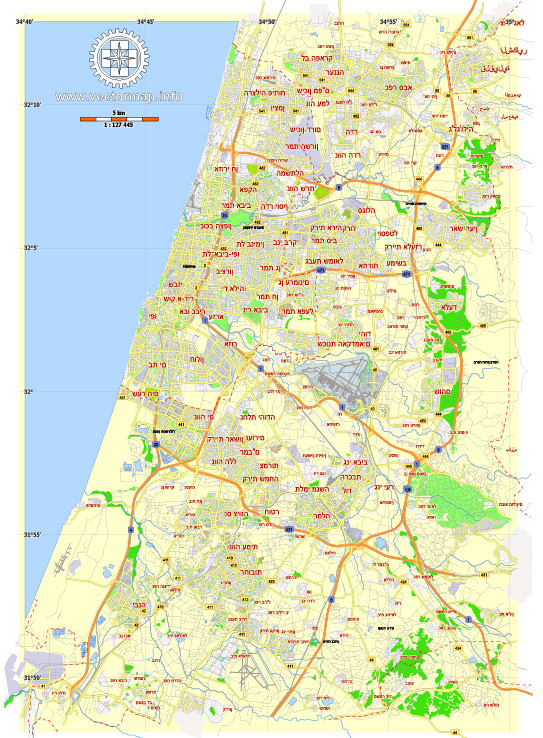
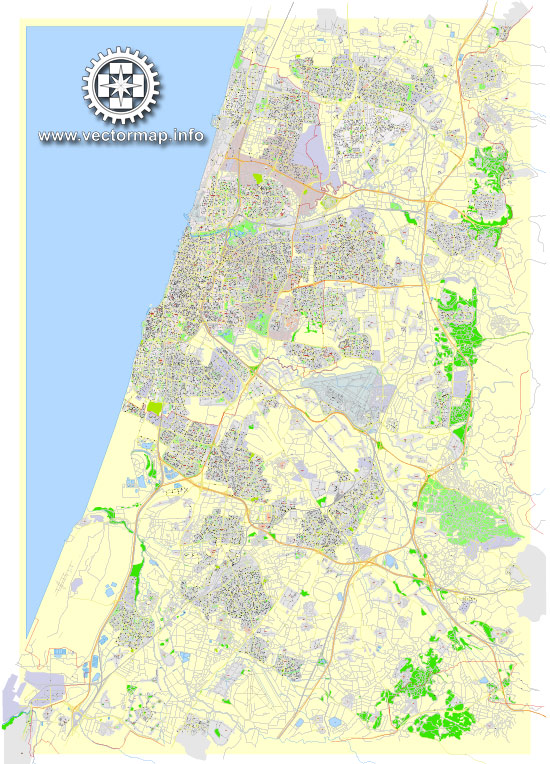
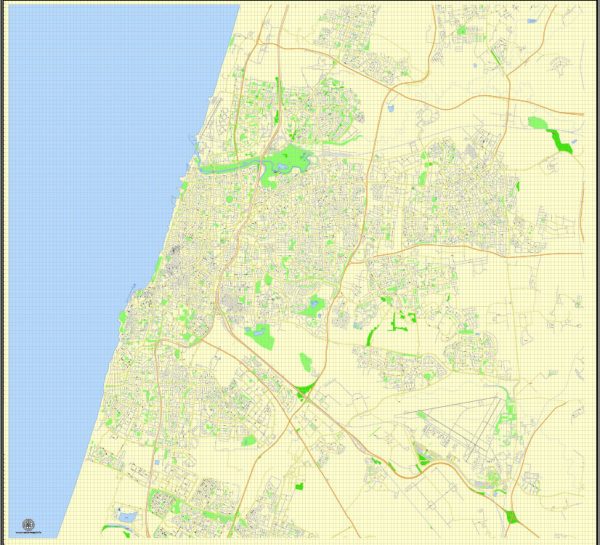
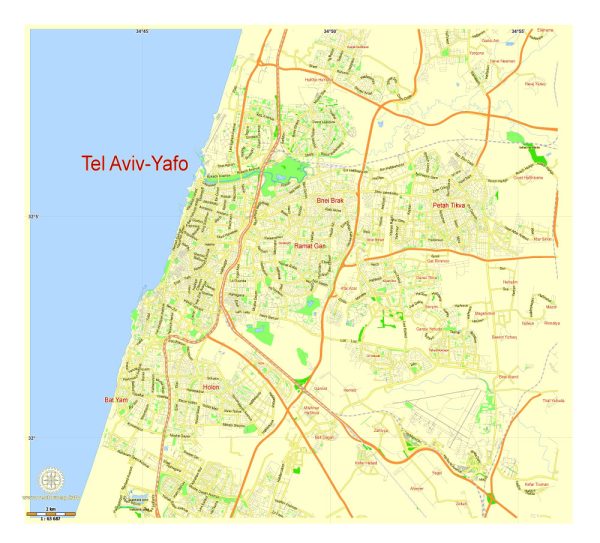
 Author: Kirill Shrayber, Ph.D.
Author: Kirill Shrayber, Ph.D.